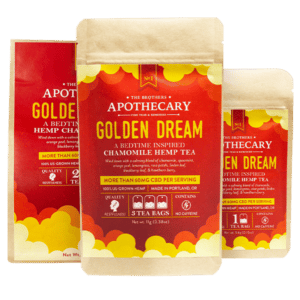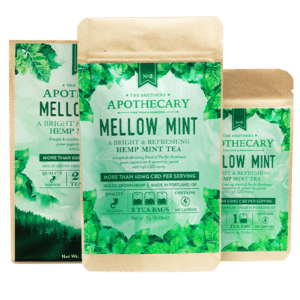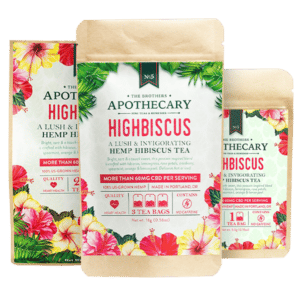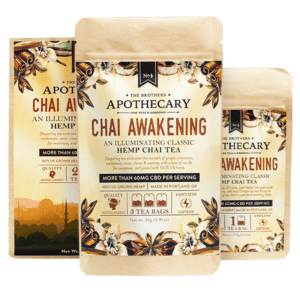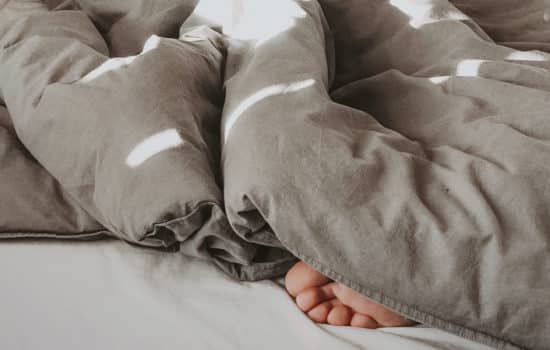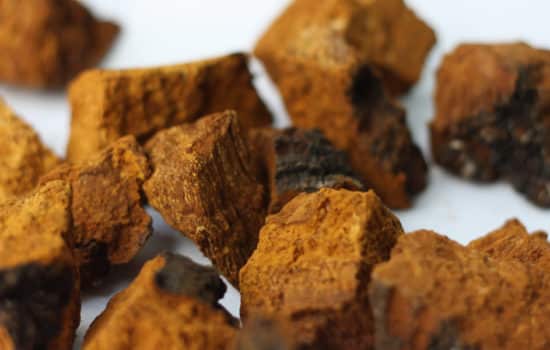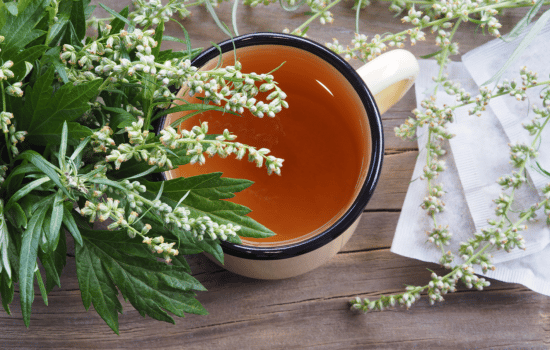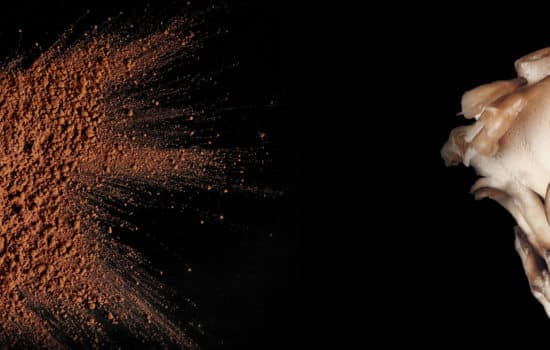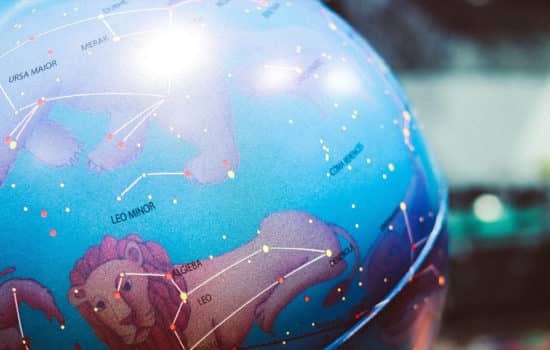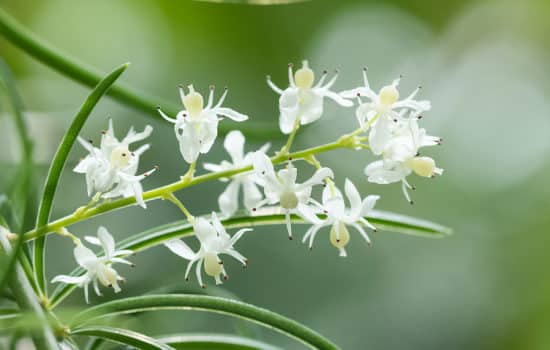If you’ve used CBD before, you’re already likely familiar with their soothing and wellness-boosting benefits. But what exactly is going on inside the body to cause those benefits after taking CBD?
Phytocannabinoids like CBD are able to work with the body’s endocannabinoid system (ECS) to help regulate important body functions and maintain internal balance. And cannabinoid receptors (CB receptors) are a vital part of this system.
What Are Cannabinoid Receptors?
Cannabinoid receptors are a unique type of protein that can respond to certain molecules – endocannabinoids and phytocannabinoids–to send chemical messages as needed.
These receptors are part of the G-protein coupled family of receptors and are found on the surface of cells in just about every part of the body.
What Do Cannabinoid Receptors Do?
Think of the ECS as a communication network that is kicked into gear when there is an irregularity within the body. For instance, if the body is experiencing discomfort or high-stress levels, the ECS gets to work with the goal of restoring homeostasis.
The ECS can respond to and regulate mood, appetite, sleep, temperature, and more. Cannabinoid receptors are part of the communication system that allows the messages to get from one place to the next. They do this by working with endocannabinoids.
As a type of neurotransmitter that can send signals through the nervous system, endocannabinoids are produced on-demand as needed. When endocannabinoids bind with a cannabinoid receptor, the receptor shifts its structure, transmitting a message that can help trigger a biological response.
For instance, if you are experiencing high levels of stress, the brain will produce an endocannabinoid called anandamide.
When anandamide binds with CB receptors in the brain, the CB receptor will become active, modulating neurons in the brain to stimulate feelings of pleasure and happiness. This shift will ultimately help relax the body and bring stress levels back down to a normal range.
Once the balance is restored, enzymes break down the endocannabinoids, and the CB receptors return to normal.
Where Are Cannabinoid Receptors Located?
Cannabinoid receptors are located on the surface of cells in just about every part of the body. You’ll find them in major organs, hormone-releasing glands, muscles, connective tissues, and immune cells.
While CB receptors are plentiful throughout the body, the highest concentration of CB receptors exist in the brain.
How Many Cannabinoid Receptors Do We Have?
We are currently aware of two types of cannabinoid receptors: CB1 receptors and CB2 receptors.
CB1 receptors are found in the brain and throughout the nervous system, while CB2 cells are commonly found in immune cells. Endocannabinoids can bind with either receptor, depending on the function the ECS is helping regulate.
Some scientists believe that other types of cannabinoid receptors exist as well, but CB1 and CB2 receptors are the only ones that have been discovered and studied so far.
How Do Cannabinoid Receptors in the Brain Get Activated?
CB receptors in the brain are activated when certain cannabinoids bind with them, such as THC or anandamide. This shifts their structure, allowing the receptors to signal and modulate neurons to produce the desired effects.
What Are Cannabinoids?
Cannabinoids are chemical compounds that include the body’s naturally produced endocannabinoids and phytocannabinoids derived from the cannabis plant.
You probably know a few of the main phytocannabinoids, like CBD and THC. These cannabinoids are able to interact with the ECS and produce beneficial effects because they are chemically similar to endocannabinoids.
How Do Cannabinoids Interact With Cannabinoid Receptors?
Different cannabinoids are thought to interact with cannabinoid receptors in different ways. Our endocannabinoids can bind directly with CB1 and CB2 receptors. Certain phytocannabinoids such as THC are thought to bind directly with certain receptors.
THC can bind with and activate cb1 receptors in the brain. Once activated, these cb1 receptors can modulate neurons throughout the brain, which is how THC is able to produce psychoactive effects.
CBD, on the other hand, doesn’t bind with cannabinoid receptors directly.
Instead, CBD is believed to temporarily block enzymes from breaking down endocannabinoids. By slowing down the breakdown process, CBD can lead to cb receptors staying active for longer by slowing down the breakdown process, as endocannabinoids remain bound to these receptors for longer, providing added relief.
Some researchers also believe that CBD may bind with currently-undiscovered receptors throughout the body.
How Many Cannabinoids Are There?
We currently know of two endocannabinoids: anandamide (AEA) and 2-arachidonoylglycerol (2-AG).
Anandamide is known as the bliss molecule, as it can bind with CB1 receptors in the brain to promote feelings of pleasure and reward. The 2-arachidonoylglycerol endocannabinoid works more closely with CB2 receptors in immune cells and is thought to help respond to and soothe redness and swelling.
As for phytocannabinoids, there are over 100 found within the cannabis plant. Along with the well-known CBD and THC, phytocannabinoids like CBN and CBG can also provide wellness benefits by working within the ECS.
What Is a Cannabinoid Agonist?
Now, here is where things get interesting. When cannabinoids bind with CB receptors to produce beneficial biological functions, they can do so by serving as either agonists or antagonists.
A cannabinoid agonist is a type of cannabinoid that activates a CB receptor when binding with it. Basically, agonists turn CB receptors on to produce and release effects.
2-AG is an example of a cannabinoid agonist. Once 2-AG binds with a receptor, it activates the receptor, sending out signals that can produce anti-inflammatory responses.
What Is a Cannabinoid Antagonist?
On the other end of the spectrum are cannabinoid antagonists. When cannabinoid antagonists bind with a CB receptor, they prevent activation. Antagonists can effectively block agonists from binding with – and subsequently activating – CB receptors.
While this may sound like a negative and bullying behavior, cannabinoid antagonists can be beneficial in certain contexts, as they can keep other chemical compounds from producing unwanted effects.
For instance, researchers are looking into using cannabinoid antagonists to help reduce the effects of taking too much THC – such as stress, tension, and increased heart rate–and help break certain addictions.
Is CBD An Agonist or Antagonist?
CBD is considered an antagonist of CB1 and CB2 receptors, which may help explain how CBD can inhibit enzymes from reaching endocannabinoids at the CB receptors, and why CBD can help counter the effects of THC.
Can CBD Damage Cannabinoid Receptors?
CBD cannot damage cannabinoid receptors, even when taken in large doses or used consistently over time.
How Long Does It Take for Cannabinoid Receptors To Go Back to Normal?
Cannabinoids are fragile molecules that are easily broken down by enzymes. After enzymes break down the cannabinoids, the CB receptors return to their normal state.
Typically, the effects of an activated cannabinoid receptor do not last for more than four to eight hours after a cannabinoid first binds with that CB receptor.
The Bottom Line
Cannabinoid receptors play a critical role in maintaining balance and regulating body function. Without cannabinoid receptors, cannabinoids would move through the body without having a way to provide their beneficial effects.
To get the most out of your cannabinoids, check out our collection of high-quality, organic, and ethically sourced ECS-boosting hemp products at The Brothers Apothecary shop!
Sources
Cannabinoid Antagonist Reduces Marijuana’s Effects in Humans | NIDA Archives
Does Cannabidiol Protect Against Adverse Psychological Effects of THC? | Frontiers in Psychiatry
Jesse Richardson is the co-founder of The Brothers Apothecary. He's an avid tea drinker and the primary creator behind The Brothers' products. An undergraduate of UCLA for Political Science, Jesse currently studies Medicinal Plants at Cornell University and The International School of Herbal Arts & Sciences.



